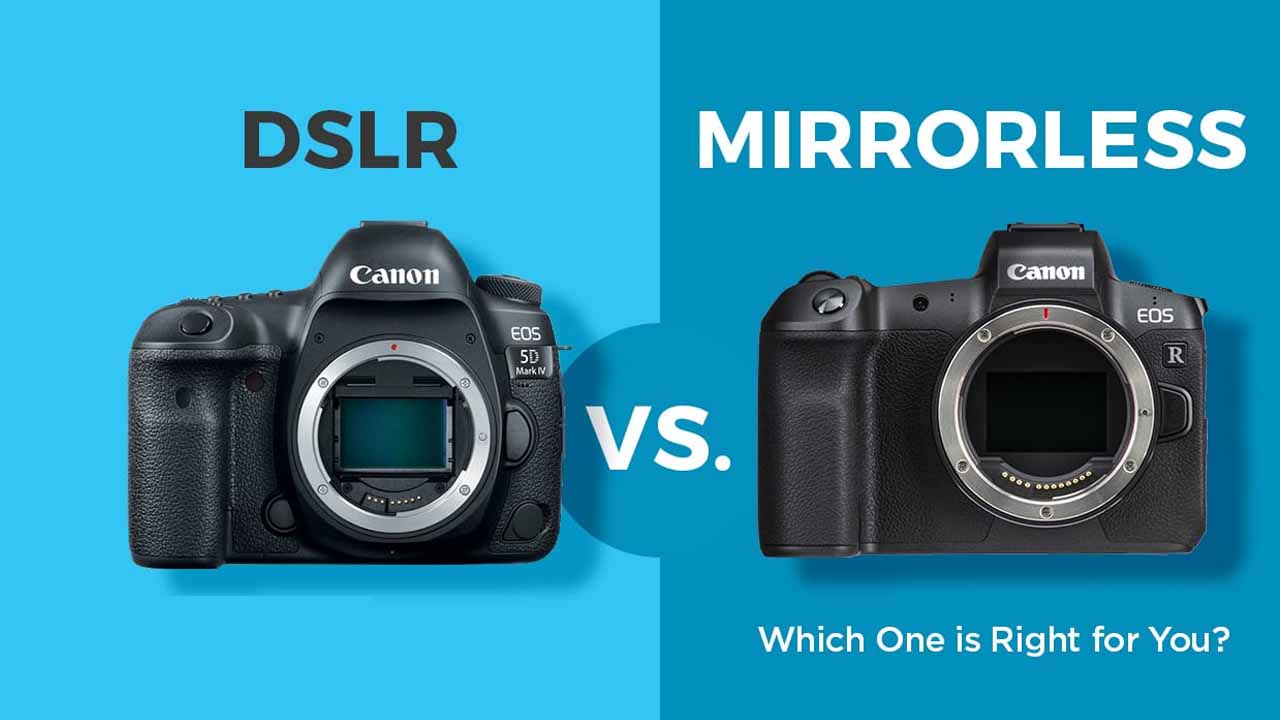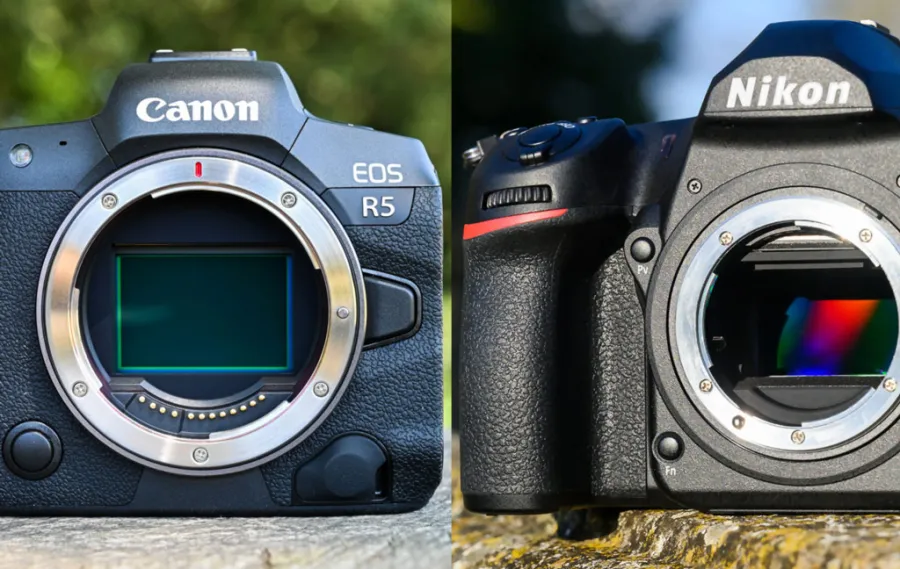The photography world has witnessed a seismic shift in recent years, with mirrorless cameras rapidly gaining ground against traditional DSLRs. As we navigate through 2025, the debate between DSLR vs mirrorless cameras has reached a fascinating crossroads where technology, practicality, and user preferences converge.
For decades, DSLRs dominated the photography scene with their robust build quality, extensive lens ecosystems, and reliable performance. However, mirrorless cameras have emerged as formidable competitors, offering cutting-edge features in compact packages that appeal to both amateur enthusiasts and professional photographers.
The choice between these two camera systems isn’t just about technical specifications—it’s about understanding your photography style, budget constraints, and long-term creative goals. Whether you’re a wedding photographer requiring silent shooting modes, a travel blogger prioritizing portability, or a studio professional demanding maximum image quality, the decision impacts every aspect of your photographic journey.
In 2025, both camera types have evolved significantly, with manufacturers pushing boundaries in autofocus speed, image stabilization, video capabilities, and battery life. The gap between DSLRs and mirrorless cameras has narrowed considerably, making the decision more nuanced than ever before. This comprehensive comparison will help you navigate the complexities of modern camera technology and make an informed decision that aligns with your specific needs and creative vision.
Image Quality and Sensor Technology
Both DSLR and mirrorless cameras in 2025 utilize similar sensor technologies, delivering exceptional image quality across various price points. Full-frame sensors dominate the professional market, while APS-C and Micro Four Thirds options provide excellent alternatives for enthusiasts.
Modern mirrorless cameras often feature newer sensor designs with improved dynamic range and low-light performance. Many manufacturers prioritize their latest sensor technology in mirrorless bodies, giving them a slight edge in image processing capabilities.
DSLRs maintain their reputation for consistent color reproduction and natural skin tones, particularly in challenging lighting conditions. The larger mirror box design allows for more sophisticated metering systems, contributing to reliable exposure accuracy.
Autofocus Performance and Speed

Mirrorless cameras excel in autofocus technology, utilizing on-sensor phase detection systems that cover nearly the entire frame. Advanced AI-powered subject tracking, eye detection for humans and animals, and real-time focus adjustments make mirrorless systems superior for action photography and video recording.
DSLR autofocus systems, while highly refined, rely on separate autofocus modules that typically cover a smaller portion of the frame. However, they offer exceptional accuracy in good lighting conditions and remain the preferred choice for many sports and wildlife photographers.
The continuous autofocus performance in mirrorless cameras has reached professional standards, with some models achieving focus speeds that surpass traditional DSLRs in most shooting scenarios.
Size, Weight, and Portability
Mirrorless cameras provide significant advantages in size and weight reduction, making them ideal for travel photography, street photography, and extended shooting sessions. The absence of a mirror mechanism allows for more compact body designs without compromising functionality.
DSLRs remain larger and heavier due to their mirror box construction, but this bulk often translates to better ergonomics for photographers with larger hands and provides space for more physical controls and larger batteries.
The lens ecosystem also affects system weight, with mirrorless lenses generally being smaller and lighter, though high-end professional lenses for both systems can be substantial.
Battery Life and Power Management
DSLR cameras maintain a significant advantage in battery life, often delivering 800-1500+ shots per charge due to their optical viewfinder system that doesn’t require constant power. This makes them ideal for long shooting sessions and remote locations.
Mirrorless cameras consume more power due to electronic viewfinders and LCD screens, typically providing 300-500 shots per charge. However, 2025 models feature improved power management and USB-C charging capabilities for convenient on-the-go power solutions.
Professional mirrorless cameras now offer battery grips and improved power efficiency, narrowing the gap considerably compared to earlier generations.
Lens Selection and Ecosystem
DSLR systems benefit from decades of lens development, offering extensive native lens selections and compatibility with older manual focus lenses. Canon EF, Nikon F, and other established mounts provide vast options across all focal lengths and budgets.
Mirrorless systems have rapidly expanded their lens ecosystems, with manufacturers prioritizing high-quality native lenses. Adapter compatibility allows use of DSLR lenses on mirrorless bodies, though this may impact size and autofocus performance.
Third-party lens manufacturers have increasingly focused on mirrorless mounts, providing competitive alternatives and specialized optics that take advantage of shorter flange distances.
The Verdict: Which Camera System Wins in 2025?
The choice between DSLR and mirrorless cameras in 2025 depends on individual priorities and shooting styles. Mirrorless cameras lead in technological innovation, offering superior video capabilities, advanced autofocus systems, and compact designs that appeal to modern photographers.
DSLRs remain relevant for photographers prioritizing battery life, extensive lens ecosystems, and traditional shooting experiences. They continue to excel in specific niches like sports photography and studio work where their proven reliability matters most.
For most photographers entering the market in 2025, mirrorless cameras represent the future of photography technology, offering the best balance of performance, features, and portability.




